Whether you're a culinary novice or experienced home chef, incorporating fresh herbs can transform simple ingredients into extraordinary meals that delight the senses and impress your guests!
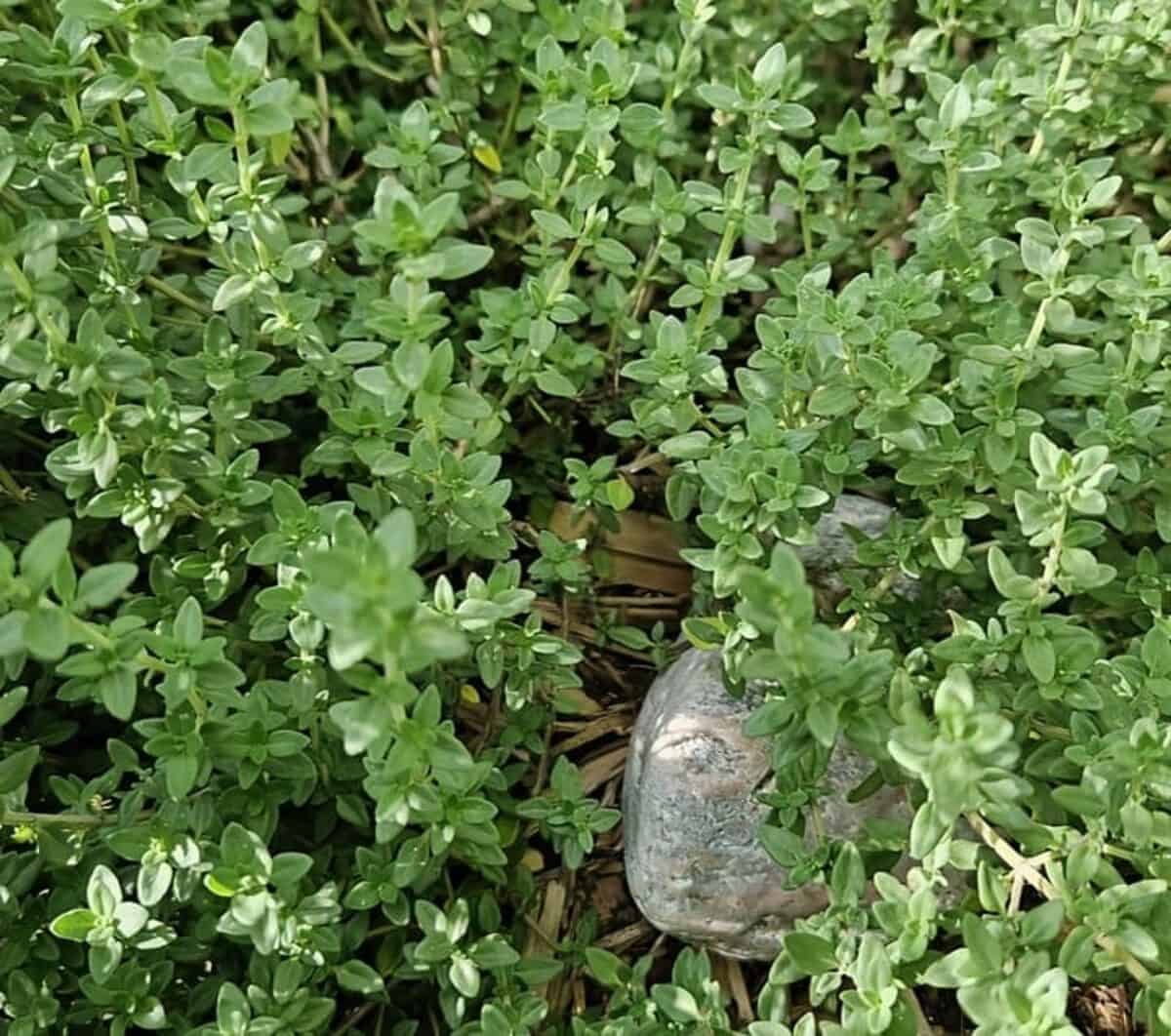
Shopping at the grocery store, farmers market, or growing your own favorite herbs is an easy way to to elevate your home cooking. Of course everyone talks about using lots of fresh herbs. But what's the best way to get started? How do you manage to coax the maximum flavor out of this incredible family of ingredients? In this guide on how to use fresh herbs in your cooking, we will share with you our top tips and favorite ways to do all of that.
The excitement that the bright flavor of fresh herbs brings to your taste buds is unique and unmistakable. There are many recipes where they take center stage as the primary ingredient, like making your own pesto, or chimichurri sauce. Once they have earned a spot in your kitchen, the opportunities to take almost everything to the next level are almost endless. Once you start down this rabbit hole of fresh flavor, adding them into pasta sauces, tomato sauce, we're positive that you will find it absolutely addictive. The blast of aroma when tossing in a flourish of herbs into some freshly sautéed, roasted, or grilled vegetables is one of our favorite things!
Jump to:
What Are Herbs?
So what are herbs, really? These botanical wonders are the green, leafy parts of particular plants that generously lend their essence to our culinary creations. Unlike their concentrated cousins, spices, which typically come from seeds, bark, roots, or fruits of plants and pack an intense punch, (think cinnamon sticks secretly harboring tree bark energy, or black pepper, a dried berry with intense bitter heat), herbs deliver a fresher, more delicate flavor profile. Whole spices almost always undergo an extensive drying process, to preserve and concentrate the essential oils that are intrinsic to their flavors and aromas. Dried herbs are useful ingredients also, but herbs are frequently used fresh off the stem, bringing an immediate vibrancy and aromatic impact that we are exploring here. Both spices and herbs are essential flavor enhancers, but think of fresh herbs as the fresh-faced, green team players while spices are concentrated, often-ground down veterans with powerful and often somewhat bitter personalities.

Grow Your Own
Growing your own herbs at home is surprisingly simple and incredibly rewarding for any home cook. Even in small amounts, herbs can transform ordinary dishes with their fresh flavor. Most varieties begin sprouting within a couple of weeks of planting, requiring minimal care while providing easier access to ingredients exactly when you need them. Unlike store-bought options that deteriorate quickly, growing your own herbs ensures a steady supply for a long time, whether in windowsill pots or small garden patches. Having your own herbs not only saves money but also encourages more creative cooking as you incorporate these aromatic plants into everyday meals. See the chef's garden.

Fresh Herb Identification
Learning to identify culinary herbs is an enjoyable sensory adventure perfect for beginning home chefs. Start by obtaining a few of the most common herbs like basil, rosemary, and mint, then examine each closely - notice the unique leaf shapes, colors, and textures. Gently crush leaves between your fingers and inhale deeply, as each herb releases distinct aromas that become recognizable with practice. Taste small portions of each herb both raw and in simple dishes to understand their flavor profiles. Try pairing different herbs with familiar foods - mint with chocolate, basil with tomatoes, or dill with fish - to discover classic and surprising combinations. Keep a small journal noting your observations and favorites, and don't hesitate to experiment by adding fresh herbs to everyday meals. With each tasting experience, your herb recognition skills will naturally develop, opening up a world of culinary possibilities you can access whenever cooking.
General Guide to Cooking with Fresh Herbs
Fresh herbs generally fall into two main categories that influence how and when they're best used in cooking. Delicate herbs like parsley, cilantro and basil - known as soft stem herbs - have tender leaves and mild flavors that can be diminished by prolonged heat. As a general rule, these herbs work beautifully when added at the end of cooking or used raw in cold dishes where their subtle qualities shine without degradation. In contrast, woody herbs such as rosemary, thyme, and sage have woody stems and offer a more robust flavor that stands up to longer cooking times. These sturdy herb varieties actually benefit from heat, which helps release their essential oils and intense aromatics. Oregano, while not having truly woody stems, functions as a strong herb that can withstand extended cooking periods. When developing flavor profiles, combine delicate herbs for brightness and freshness in light dishes, while reserving woody herbs for hearty, slow cooked meals where their powerful characteristics can properly infuse and disseminate throughout the dish without overwhelming the palate.
Basil

Fresh basil captivates with its aromatic intensity and versatile flavor profile that reanges from sweet to slightly peppery. The bright., glossy leaves release their distinctive fragrance at the slightest touch, instantly elevating dishes with their herbaceous charm. Sweet Genovese basil forms the foundation of classic pesto, while Thai basil adds exotic notes of anise and clove to Southeast Asian cuisine. The striking purple leaves of opal basil provide visual drama alongside their robust flavor, and the delicate, small-leaved Greek basil offers concentrated essence in a compact form. Cinnamon and chocolate basil surprise with their warm, spicy overtones, making fresh basil in all its varieties one of the most beloved and sensory-rich herbs in culinary traditions worldwide.
Fresh basil pairs extremely well with olive oil, and it plays an important role in our recipe for minestrone soup.
This herb retains its vibrant flavor best when stored and treated gently. Avoid cutting basil more than once with a knife, as this causes the leaves to bruise and blacken. Instead, tearing them by hand will preserve their aromatic oils. When freezing basil for later use, blanch the leaves very briefly in rapidly boiling salted water before immediately shocking them in ice water - this preserves the bright green color and flavor. For short term storage, treat basil like a flower bouquet. Place the stems into room temperature water rather than refrigerating. When cooking, add fresh basil at the very end of preparation to maintain its delicate essence and prevent flavor loss from extended heat exposure.
Parsley
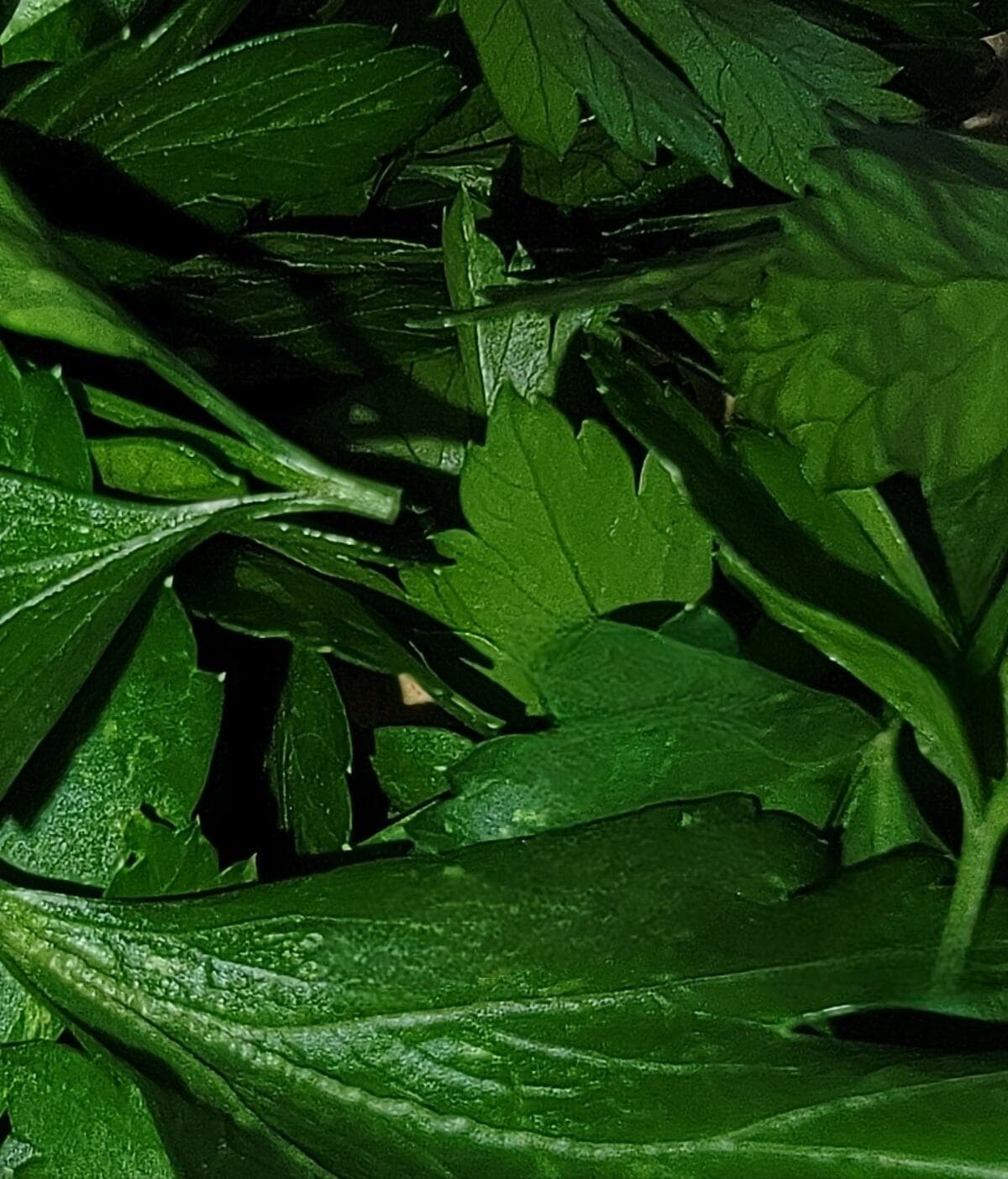
Fresh parsley brightens dishes with it's clean, fresh and green flavor and color. Flat leaf Italian parsley delivers a robust flavor that holds up well in cooking, making it ideal for sauces and cooked dishes. Curly parsley, with it's ruffled leaves, offers a milder flavor profile and creates an attractive garnish, though it's sometimes unfairly dismissed as entirely decorative. Both varieties contain impressive amounts of vitamins A, C, and K, adding health benefits also.
Parsley forms the main ingredient upon which our recipe for chimichurri stands.
In my experience as a cooking instructor, home cooks typically spend way too mush time and effort into picking parsley leaves. The stems have the exact same flavor as the leaves, until you get to the thickest ones that are too fibrous to eat anyway. The lightly bitter chlorophyll flavor of the thick stems are great when simmered slowly in stock. Parsley is best stored wrapped in a damp paper towel in the refrigerator, and it will stay fresh for over 7 days.
Cilantro
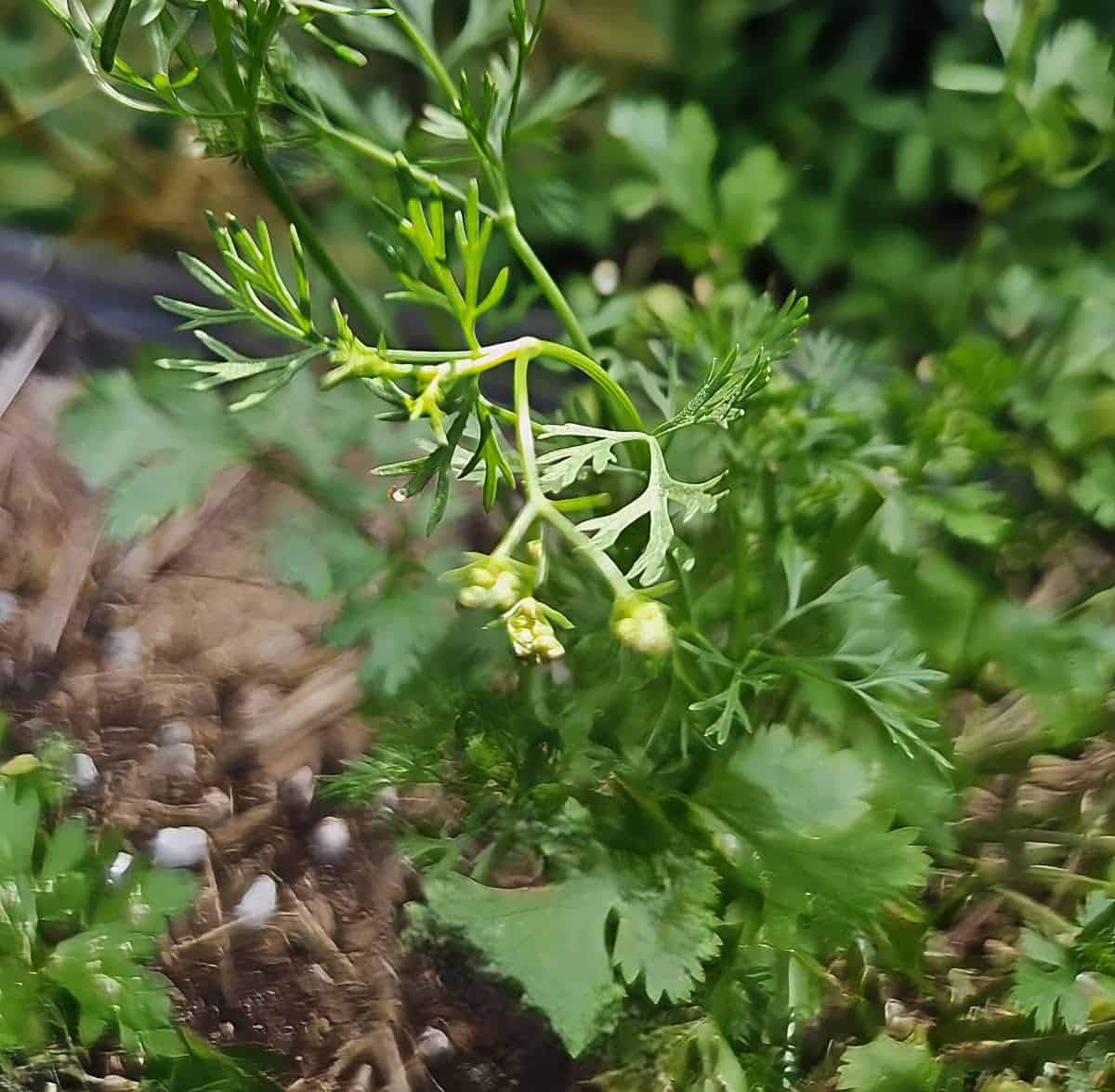
This fresh herb is the leaves and stem result of the seed that is the spice coriander. While it is not commonly used in most European and North American cuisine, it is one of the most common herbs used almost everywhere else. Latin American, Southeast Asian, and Indian cuisine utilize fresh cilantro as a basic pantry staple. The robust and yet vibrant and green flavor is instantly recognizable. The stems, like parsley above, have the same flavor, contributing to the entire plant being commonly used as a seasoning ingredient.
Our enchilada casserole recipe greatly relies on the freshness of cilantro as a last minute seasoning and garnish.
As with the other tender herbs that we have already outlined here, cilantro is delicate. Care should be taken as not not cut it too finely, and don't add it until the end of the cooking process, as it will drastically dull the flavor and color. Store fresh cilantro in the refrigerator with the stems in cold water, and a plastic bag covering the top and it will stay fresh for up to 10 days. A quick blanche and shock with boiling water and ice bath before freezing is suggested.
Thyme
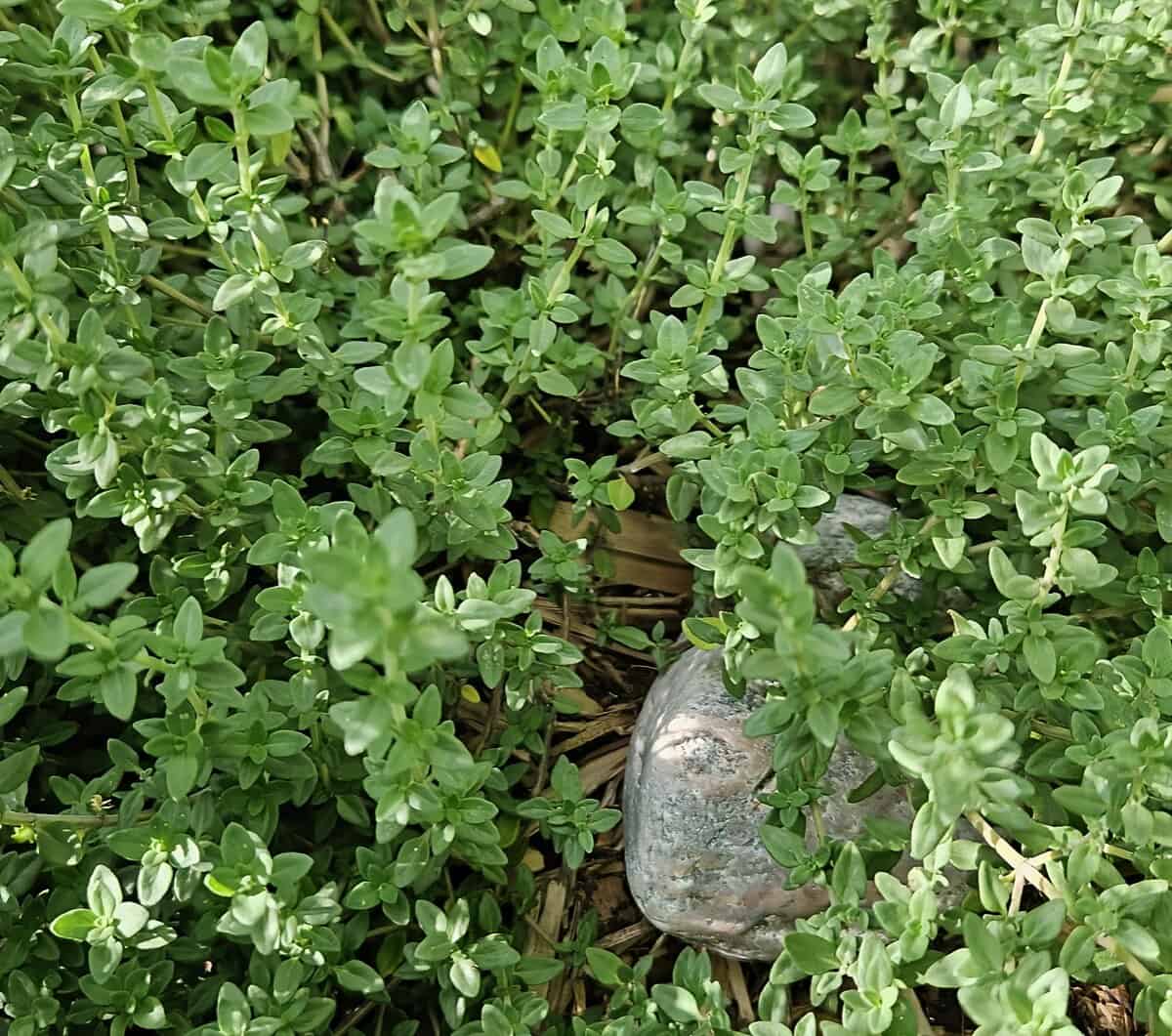
Thyme stands as one of the culinary world's most versatile robust herbs, distinguished by its remarkable ability to harmonize with other flavors while maintaining it's distinctive character. When added early in the beginning of your cooking, it's earthy, warming notes go a long way to gently infuse broths, stews, and roasts, creating a subtle aroatic foundation that supports many types of food with so much flavor, but not overwhelming them. Conversely, when scattered fresh in the last minutes of cooking, thyme surprises with a bright, almost lemony burst of aromatic oils that enlivens dishes with complexity. This adaptable herb transitions effortlessly between supporting player and featured ingredient, making it indispensable in countless culinary traditions where it's small leaves deliver an outsized impact to everything from delicate seafood preparations to hearty meat dishes.
Jamaican cuisine owes the backbone of many of it's dishes to the use of herbs, but especially in jerk chicken and fresh thyme.
Rosemary

This fresh herb originating along the Mediterranean coast really packs a strong punch. It has a strong piney aroma, and a distinct woodsy flavor. It is so powerful, that using it needs to be judicious in quantity, unless the flavor is intended to be overwhelming. Usually attention is drawn to it in the name of dishes where it is used in a significant amount.
Rosemary roasted potatoes, as well as chicken, are incredibly popular and flavorful.
The leaves must be removed from the stem, (which is very tough, fibrous, and mostly flavorless), and chopped aggressively, as they are difficult to chew and get stuck in the teeth. Stored in a dry paper towel lined plastic bag in the fridge, it will stay viable for 10 days.
Oregano

This savory member of the mint family has a lemon zest aroma, and an astringent finish. It is very oil and water soluble, making it ideal to use early in the cooking process. The leaves are slightly abrasive on the tongue, not unlike velvet in texture, so using it as a finish is not recommended. It is used primarily in Italian and Greek dishes, but it's use in Mexican cuisine as a counterbalance to cumin cannot be discounted, either.
Oregano is the shining star in our Mojo shrimp recipe.
The stem of this woody herb is too tough to chew and should be removed before use. You can store oregano in damp paper towel lined freezer bags in the fridge for 10 days without impacting the flavor of your herbs.

This list should only act as an introduction to the world of fresh herbs in your cooking. It barely scratches the surface of the topic and the herbs themselves. Fresh sage, mint, marjoram, summer savory, tarragon, all of these are fantastic flavored fresh herbs, and there are so many more.
There's really no reason not to use fresh herbs in your cooking, in terms of improving your skills, palate, and your food in general, it is one of the great ideas to elevate all of your savory dishes. Explore this great opportunity, and as always, have fun!!!





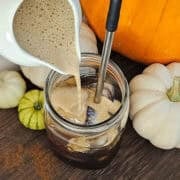




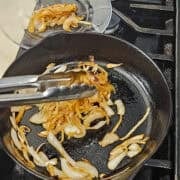
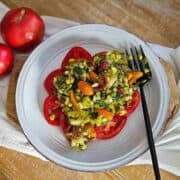








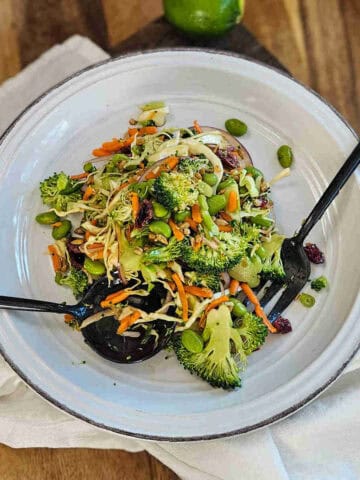
Comments
No Comments